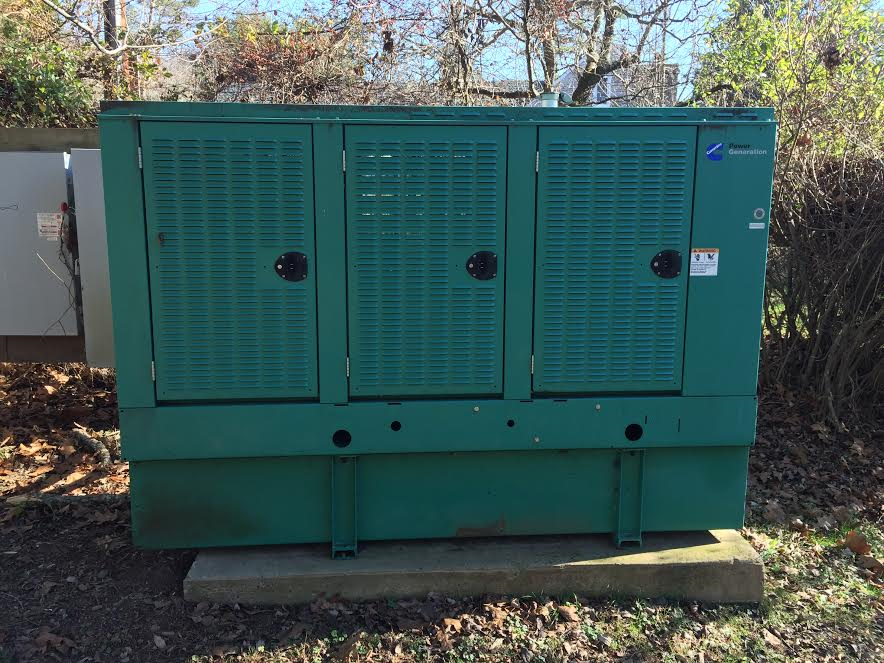Noise Ordinances and Generators

There’s a lot of you have consider when purchasing a standby generator: power needs, brand, fuel type. But once you’ve ordered your generator and before hooking it up, there’s something else you need to keep in mind — ordinances.
Most cities in the United States have noise ordinances. Homeowner’s associations often have these types of rules, as well. These ordinances can range from general rules, with wording such as “unreasonable noise,” to rules about specific decibel levels.
The Indianapolis Noise Ordinance, for example, has rules that regulate “unreasonable noise” from engines and motors between certain hours of 10 p.m. and 7 a.m. It also regulates noise from engines and motors that people can hear beyond the property line during these same hours.
Noise regulations in South Bend, Indiana, are likewise generally written and subject to interpretation. “Unreasonable” noise in South Bend is determined by its proximity to “sleeping facilities,” land use, time of day, and the duration of the sound.
Suburban neighborhoods and homeowner’s associations that regulate noise typically have more specific requirements. These neighborhoods usually permit sound levels between 52 and 57 decibels. Urban residential neighborhoods typically allow sound levels a little higher, up to 62 decibels.
Generators, however, emits sounds between 65 and 100 dB(A) — smashing the acceptable sound requirements for many neighborhoods.
Installing a Standby Generator
A generator may break sound ordinances when in operation or when running its test cycle. But that doesn’t mean you can’t have one. You’ll need to research the types or ordinances and permits required.
This is also an example of why it’s a good idea to hire a professional to install your generator. A professional will know what ordinances regulate standby generators and what permits and variances you’ll need in order to build and operate your machine.
Noise ordinances may also affect the location of a standby generator. For instance, the Indianapolis Noise Ordinance regulates “quiet zones” around schools, hospitals, churches, and temporary zones. If you’re setting up a standby generator in these locations, you may have to get another type or permit. Special quiet zones like these may affect whether you can install a generator at all.
Other Ordinances Affecting Standby Generators
There are many other types of regulations that can affect the installation and operation of your standby generator. Ordinances you’ll have to consider include:
- Size. The bigger your generator is, the more likelihood that additional permits will be required.
- Type of fuel. Different ordinances regulate compression ignition engines (diesel) and spark ignition engines (gas, propane, and natural gas).
- Because generators operate using internal combustion engines, they do produce pollutants. Pollutants they produce include carbon monoxide, sulfur dioxide, particulate matter, nitrogen oxides, and volatile organic compounds — just like your car or truck. They also produce the greenhouse gases carbon dioxide and methane. If the exhaust may affect neighbors, the generator may be regulated by nuisance pollutant ordinances, too.
- Fuel storage. Not only must you consider your generator but the fuel you store to run it. Fuel storage must comply with both state and federal rules.
- Most localities regulate how far generators must be from the property line. They may or may not allow a variance.
- Installation must meet regulations set forth by the National Fire Protection Agency.
